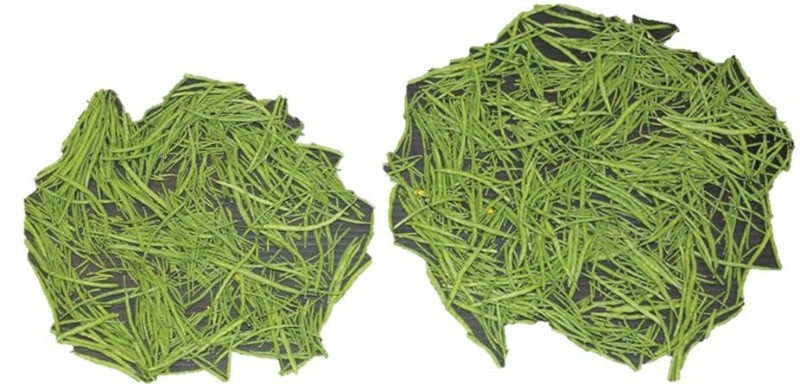Beat It: Mitigating the Impact of Heat on Flowering Using Foliar Boron
You don’t need to check the calendar to know that summer has arrived. Heading into the long weekend, temps across the Prairies are in the mid-20s to low 30s and, according to the latest forecast, it looks like the heat and humidity will be sticking around. Before you lose your cool, read on.
In earlier posts, we have explored the role and functions of boron, as well as its impact during hot conditions and flowering. Here we’ll focus on why one should apply boron to their crops when flowering coincides with hot and dry/humid weather.
The Heat is On
Under hot and dry or hot and humid conditions, plants will shut down their stomata to reduce water loss. Unfortunately, soaring temps often coincide with flowering – a time when a plant’s demands for calcium and boron are high.
This is a problem because calcium and boron move only with mass flow, driven by water navigating through the xylem towards the stomata. Essential for pollination, these two nutrients are immobile in the plant and, once absorbed, cannot be redistributed. Often, testing the leaves will show adequate boron levels, while an examination of the reproductive tissues reveals an abortion of flowers or pods, or pods missing seeds.

Boron is highly mobile in the soil, and concentrations fluctuate with leaching and mineralization. Drier soils reduce the release of boron from organic matter, which leads to a lesser uptake by the crop. Also, soils with low levels of organic matter or have either a low pH (< 5.0) or higher pH (> 8.0) have a tendency to restrict boron availability, especially under dry conditions. As well, excessive applications of sulfur have been shown to lower boron uptake by the roots leading to lower levels of boron in the tissues.
A 60 bu/ac canola crop uptakes approximately 0.40 lbs B/ac during the season while the removal rate is often estimated at 0.10 lbs/ac.
When boron is deficient during reproductive stage, only a few pollen grains are able to germinate; pollen tubes grow slower and often abort before reaching the ovules. This leads to the most devastating impact of boron on yield – a shortened flowering period and significant yield loss.
In canola, a cool season crop, temperatures higher than 29°C are detrimental to flower formation and pollination, resulting in flower abortion.
In a controlled environment study, which examined the effect of temperature at flowering on boron uptake and flower abortion, Dr. Hugh Earl from the University of Guelph demonstrated that spraying boron helped mitigate the effects of high temperatures during flowering, reducing pod abortion. Applied at early-flowering, boron improved yield by 5.7%.

What can you do when there is heat? Beat it!
With an adequate supply of boron at flowering, pollination becomes optimal, leading to better seed fertilization and development, and reducing the number of blanks in the pods. By proactively applying boron to your crop at early-flowering, you will encourage flower formation, prevent flower abortion and, ultimately, preserve yield.
Foliar boron is as effective in cereals as in pod crops. For instance, in an open pollinated crop like wheat the process of fertilization can proceed faster.
OMEX Has the Solution
Super B and KB78 liquid foliar fertilizers are formulated with boric acid, the most available form of boron for efficient foliar uptake in crops. Super B can be used to supplement soil-applied boron and is recommended for a wide variety of field, horticultural and vegetable crops to correct boron deficiency. KB78 also contains potassium, which can mitigate potassium deficiency triggered under hot conditions.
If your crops are stressed because of hot conditions, don’t sweat it! Talk to your local ag retailer or get in touch with your OMEX representative to learn more about how boron can help mitigate heat stress and improve your crop’s pollination and yield.
